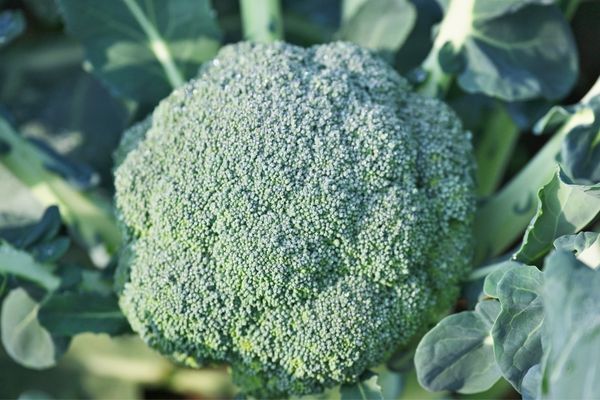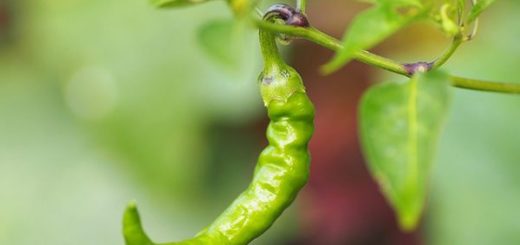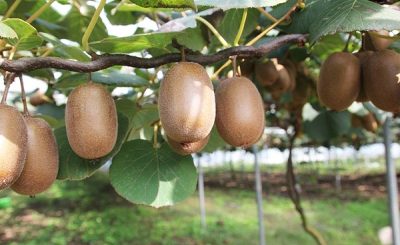How to Grow Broccoli? Step by Step Tips

Broccoli is a member of the plant species called Brassica oleracea. It is the edible part of a plant with unflowered buds and thick green stems. It contains important nutrients such as vitamin C, vitamin A, folic acid, potassium and fiber. How to grow broccoli, which is frequently preferred to provide nutritional diversity in diet and healthy eating lists? In this article, we have compiled the best tips for those who want to grow broccoli at home with their own means, enjoy reading!
How to Grow Broccoli?
You can follow the recommended steps to grow broccoli and get the highest yield:
Seed Selection
To grow healthy and productive broccoli, it is necessary to choose good quality broccoli seeds. You can prepare broccoli seed for the appropriate clump by obtaining quality seeds from local garden centers or seed companies. If you have grown broccoli before, you can start planting it by germinating the seeds left over from last year.
October Time
The appropriate time to plant broccoli in the ground is winter; Because broccoli is a cool season vegetable. Broccoli, which usually grows in cold weather conditions, can be planted in spring or autumn. The ideal time to grow broccoli is spring and autumn.
Soil & Fertilization
Broccoli grows in moist and fertile soil. Well-drained soils are ideal for growing broccoli. You can enrich the soil with organic matter. At this stage, you can add compost or well-burned manure to the soil to increase efficiency. Thanks to the fertilizer, broccoli will grow healthier. If you wish, you can add coconut peat to the fertilizer supplement. Soils with high water retention capacity are more ideal for growing broccoli.
Sowing & Planting
When you want to sow broccoli from seeds or plant it from seedlings, you should sow the seeds a few centimeters deep. If you sow the seeds 0.5 – 1 cm deep and spaced apart, you will provide appropriate clearance for the seedlings during the growth period. It is recommended to keep a distance of approximately 45-60 cm between plants. Because broccoli seedlings will grow by opening, there must be an opening to receive oxygen.
Heat
Geographies where the air temperature exceeds 30°C are not suitable for broccoli production. The optimum temperature for good yield is around 20°C and this temperature should not be exceeded during the flowering phase of the plant. If broccoli stays in the shaded area, flower heads will grow and mature later. An air temperature of 15-20°C, sufficient sunlight and mild weather will provide the appropriate temperature for broccoli to grow.
Irrigation
Broccoli plant requires regular and adequate watering. You should ensure that the soil remains constantly moist. However, remember that you should avoid overwatering. You should use controlled watering as excessive watering may cause the roots to rot.
You can meet the water needs of the plant by adding a little water without allowing stagnant water to accumulate in the soil. For regular watering, you can water once every 2 days in cool weather. On very hot days, you can control the development of broccoli by giving it a small amount of water every day.
Control of Pests and Diseases
Growing broccoli at home can sometimes produce unexpected results. If you see insects in broccoli, you should not waste time checking for diseases. Broccoli plants can be the target of some harmful insects and diseases. Checking plants regularly and controlling pests or diseases when necessary is important to maintain the health of the plant.
You can use appropriate pesticides to control pests naturally. To use natural insect control methods, opening the pot from time to time and changing the soil will also be effective.
Repotting
If you want to grow broccoli as a seedling in a separate pot and move it to a larger area, you can evaluate it approximately 6 weeks after planting. At this stage, when the roots are more delicate, the transition to a new pot will be easier.
To remove the broccoli seedling from the old pot, first water the soil and then shake it slightly. Thus, it will be more practical to remove the seedling you have from the soil. After preparing the appropriate soil in the new pot, you can transfer the seedling to the new larger pot.
Harvest
After following the broccoli planting stages recommendations, you should wait for the appropriate time to harvest broccoli. It means that broccoli heads can be harvested when they are ripe. You can tell the broccoli are ready to be harvested when their heads are firm and densely formed. During the harvest period, you need to cut the heads and separate them from the roots. When cutting the heads, you should be careful to cut them close to the base of the plant. Thus, the plant will have a chance to grow again and will continue to produce products from the same root in the next harvest season.
To harvest broccoli planted from seedlings, you must wait 2-3 months after planting, that is, approximately 60 – 90 days. During this process, do not forget to monitor and care for the plant. Thanks to regular care, the plant becomes stronger and ready to bear fruit.
In Which Season Does Broccoli Grow?
When the autumn season comes, broccoli, which you often see on the market and market stalls, can grow in any season if it finds a suitable growing area. However, to get the highest efficiency, mild weather conditions are required.
The most suitable seasons for growing broccoli at home or in pots are generally spring and autumn. You can ensure that the plants grow in good conditions by planting broccoli seeds or seedlings in spring. You can also grow broccoli plants in autumn. Broccoli is suitable for growing in cold weather. Seasonal transitions are ideal for broccoli as it does not like extreme heat or harsh cold.
Broccoli, which is available in all seasons, is especially effective when consumed in autumn and winter. According to experts’ recommendations, it is healthier to consume broccoli harvested between October and February.
Frequently asked Questions
How to Grow Broccoli from Seed?
It is possible to grow broccoli from seeds. But you need to wait and maintain longer. You can start growing by obtaining quality seeds and germinating the seeds. You should keep the seeds in the seed bed for approximately 10 days. Seeds that sit in the moist seedbed will crack. After about 6 weeks, they become seedlings and are ready for planting in pots.
In Which Region Does Broccoli Grow Most?
Broccoli is a frequently consumed and loved vegetable in Turkey. Since it is a healthy vegetable, it can be seen in every province. The region where broccoli grows most is known as the Mediterranean Region. Broccoli cultivation is widespread in the Mediterranean provinces. Climate and weather conditions are suitable for broccoli cultivation.
Broccoli cultivation is carried out in Antalya, Izmir, Mersin and Manisa provinces. Broccoli grown in these provinces is sent to the surrounding provinces. Not only the Mediterranean but also the Black Sea Region in the north of Turkey has suitable climate and weather conditions for broccoli cultivation. Provinces such as Trabzon, Rize and Ordu are among the places where broccoli production is concentrated in this region. Turkey is generally suitable for broccoli farming.
When to Plant Broccoli?
If you want to grow broccoli seedlings at home and cultivate them in a larger area, you can choose periods when the soil is warm for planting in the field. You can prepare for the transition to the field in spring and early autumn.
How Long Does Broccoli Take to Grow?
Broccoli you grow from seedlings or seeds requires some time to harvest. After completing the planting work, it becomes suitable for harvesting after an average of 2-3 months (45 – 130 days) . Its leaves open and the product shows itself clearly on the soil. You can understand that the growing process of broccoli is completed when green and large heads appear on the product.
How Much Cold Can Broccoli Withstand?
Broccoli is a cool climate vegetable. For this reason, it does not like very harsh cold and high drought. It continues to grow at 15 degrees without being damaged. It protects itself at an average temperature of 24°C. Outside these degrees, wilting or rotting of the leaves may occur.











